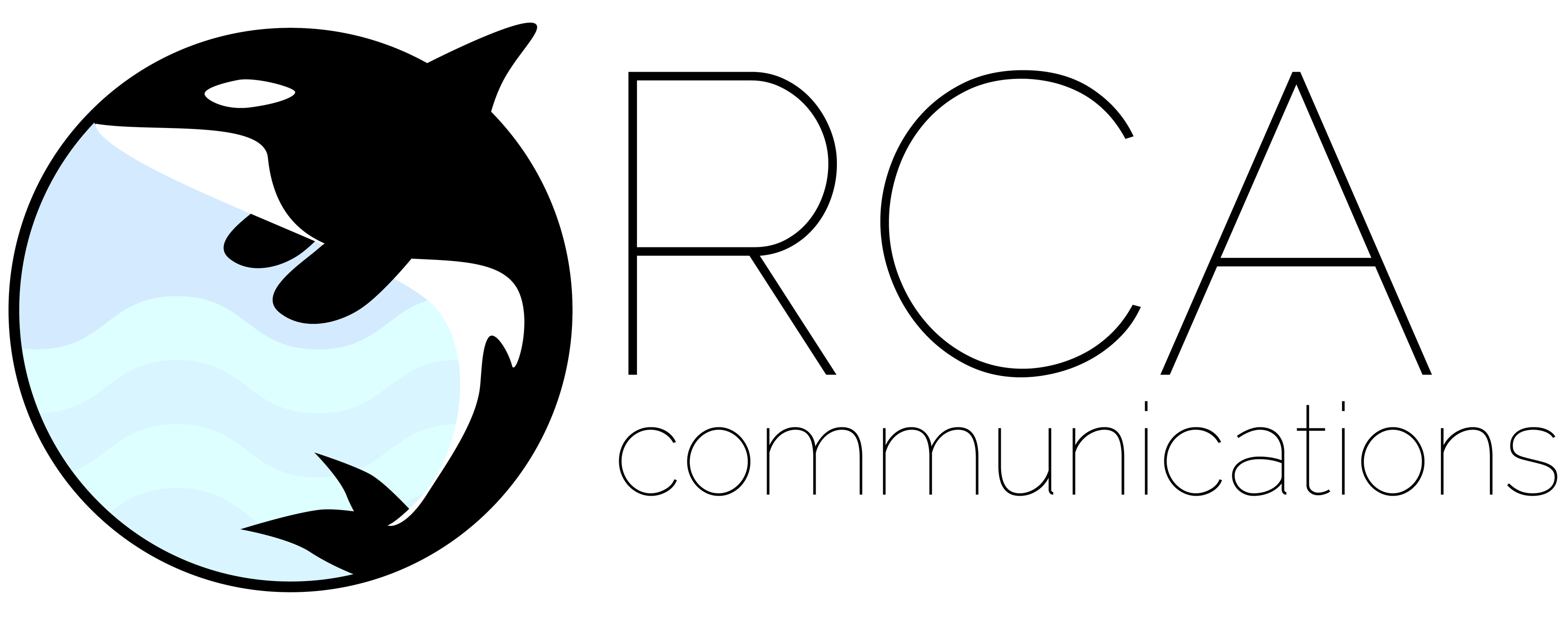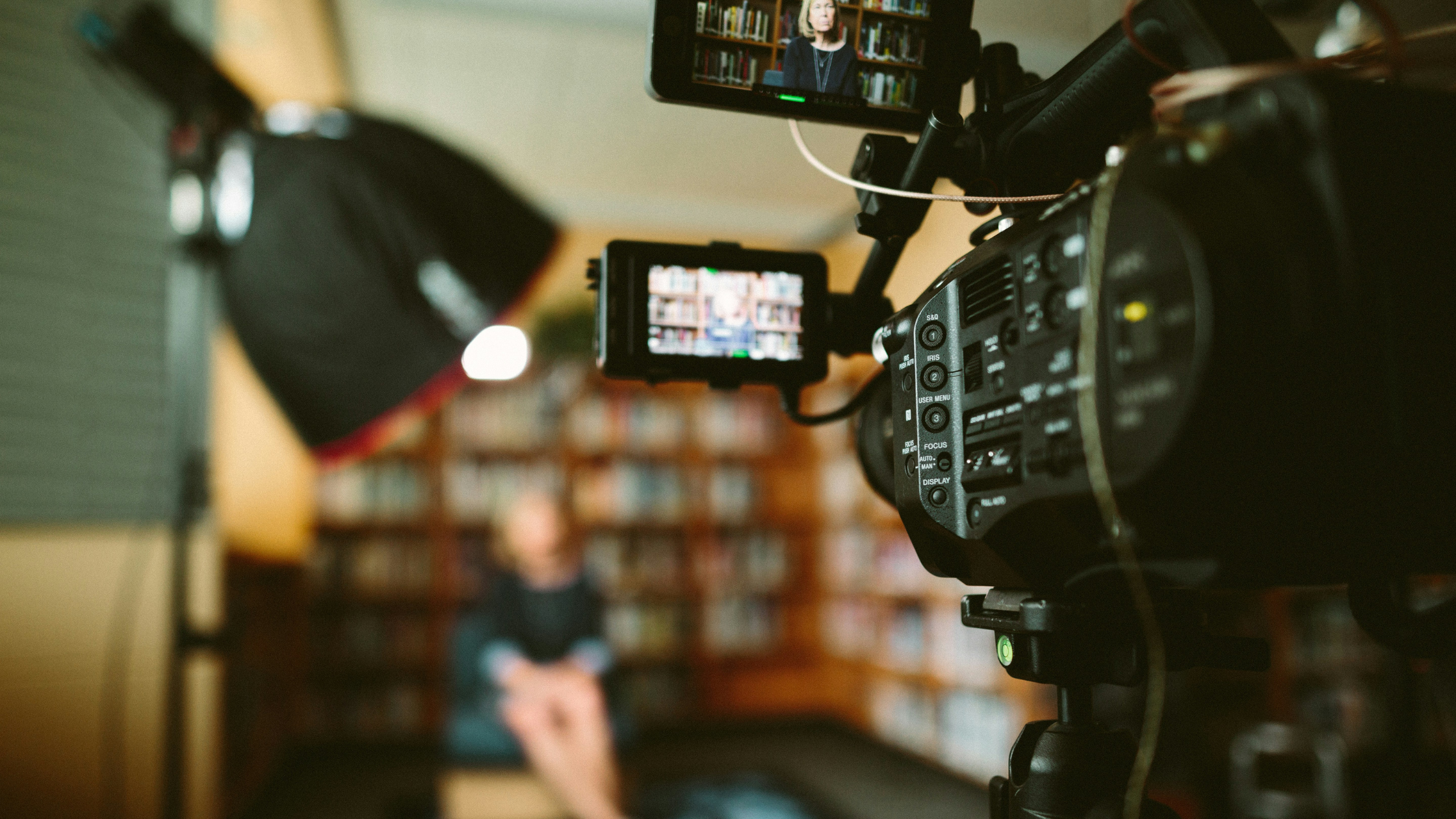How to get on the TV news
Written by Rita Tennyson, Senior Publicist, Orca Communications
As with all media, you have to approach your story from the media member’s point of view–and true for all media is the question, “Will this news bring value to my viewers?” Getting on TV is no different–you have to have a story of value their viewers will want to engage with and, specifically for TV, they’ll be asking, “Are there compelling visuals to go with this story?” Every entrepreneur wants their story told, but there are some specific things you can do if you want to understand how to get on the TV news.
Understanding B-Roll
Everyone asks, what is b-roll? Needs will vary from station to station, but you’ll need to start with a few minutes of unedited footage of the event or product you want to showcase. Generally, editors want to see wide shots, medium shots, and tight shots of each scene. If at all possible your footage should include natural sound. Even if the producers decide to use your footage as a voiceover, including natural sound as an option will make your footage more appealing to reporters and producers. . For television, you’ll want to also include short soundbites and movement in your footage – quick images that get the point across. You should fully expect that the station’s video editors will edit your b-roll to fit their segment. A typical local TV morning show voiceover story is between :20-:30 seconds long. A standard package that also includes a reporter track is about 1:30 to 2:00. Quick, conversational, and easy-to-edit b-roll is important.
One of the best examples of effective b-roll is this footage that my client put together to run behind her and the Good Morning Arizona anchor talking about the death of John McCain from Glioblastoma. They ran the b-roll on a continuous loop behind her talking for the entire 4+ minute long interview.
Showcase Your Expertise
Often, if you want to get on the TV news, it requires you to provide some form of expertise that a reporter can’t get anywhere else. Find out what information you have that no one else can offer and ask yourself, “What type of media would like to let their readers know about this info?” Creating a set of talking points that can be pitched to a reporter is compelling, as well. We refer to this type of coverage as a talking head, because that is often what you’ll see on the show–just a bust of the person talking. Make sure you’re in the frame and wearing a solid color (or a print that won’t bleed), but most important is nailing the message you’re delivering into concise talking points. Even in longer-form interviews, talk in sound bites so they can pick and choose pieces of your interview for multiple segments. Quick, punchy answers will win a reporter and show producer over almost every time. And let your personality shine! Oftentimes, producers pick certain experts because they like the way they present themselves to the audience.
Make Yourself Relevant – Local TV wants local stories
Shop your story to local TV first–they want to tell compelling stories about their local community and businesses. Local Television can be some of the most impactful pieces you can get and can be used to share with larger TV producers to show them what you can offer.
TV talks in Media Alerts so sending a quick email to the local newsdesk is the best plan. Media Alerts are short and sweet and allow the news staff to share one-page pitches throughout the newsroom. They are often formatted with a headline, then What, Why, Who, When and Where.
Planning editors should get the news in advance. A quick call to the newsdesk can tell you if they are considering it or if they know they won’t have staff to cover it. On the day of, a Media Alert should be sent to the Assignment Editor (again the main newsdesk can usually circulate it to the right person as the Assignment Editor changes daily). Another phone call to the newsdesk is a good idea to find out how busy the news is for that day and if a crew has been assigned.
Resulting Press Coverage:
Interview with Dallas-based Eco-Artist Jen Rose, creator of Bee Cups
What: Interview with Dallas-based eco-artist Jen Rose who went from an established artist specializing in porcelain installations to a patent pending scientific inventor of products that helps with bee conservation.
Why: According to the David Suzuki Foundation, wild bees need our help. “As our most important pollinators, bees provide one-third of the food we eat. They also allow wild plants to reproduce and produce berries, fruits and seeds. Bee losses pose a risk to our life support systems.”
Who: During the pandemic, Dallas-based eco-artist Jen Rose had plenty of time to garden and observe that the bees were drinking water from her porcelain sculptures. A flurry of research led her to learn that bees use water to control their body temperature, dilute honey for their young, and to cool their hive through evaporative cooling. She wanted to create something for the bees, but wanted to make sure they would be truly beneficial to the pollinators and not cause unintended harm so she did a deep dive into bee anatomy and found out bees have hooks on their feet like toes!
Rose created Vision Bee Cups, a unique and sustainable gift idea combining delicate handmade art and fascinating science into a solution to combat the decline of native bees and honey bees.
She created important features, including texturizing the inside of the bee cups so insects can climb in and out easily and eventually invented an Ultraviolet ceramic glaze invented that mimics the way flowers attract bees. The glaze is fired onto the Bee Cup at over 2000 degrees Fahrenheit where it turns into a glass (never leaching chemicals into the soil or water). Finally, she wanted to be sure Bee Cups would not breed mosquitoes and her research found that they hold only a teaspoon of water, which is half the amount mosquitoes need to breed.
When: at your convenience
Where: in-studio or via Zoom
Here is an example of a media alert:
As a result, the story was picked up by KWTX News 10. They featured Bee Cups and an interview with Jen for its YouTube program that features longer-form interviews on science and environmental topics. They also take portions of the long-form YouTube interview and use them in several newscasts throughout the week of running.
Work with Freelancers/Contributors for product reviews
You can pitch producers at shows directly, but a lot can be said for pitching presenters who already have regular segments on a show. It’s great to suggest an original idea and have a reporter follow through on that–but it’s more likely that you’ll find a reporter already writing a story and find a way to fit your product into that piece. Here is an example that aired on WGN’s Morning News in Chicago, the #3 television market in the U.S.
Don’t Overly Promote Yourself
Again, it’s important to remember why the media wants to tell your story–and if you want to get asked back or asked to other media who may be watching, make sure you tell the story, not talk about yourself gratuitously. Yes, you’ll be talking about yourself when you tell your story, but try to speak in regular-speak, not marketing-speak. Make sure you have clear and concise statements and always consider the audience you’re talking to!
Show that you are grateful for the opportunity
Be sure to thank the reporter for the opportunity in a quick email that gives them contact information in case they ever want to talk again–being a great source is the key! And be sure to share on social media and tag the station so that everyone gets exposure!

